When you think of coastal towns, you might picture serene beaches, charming boardwalks, and the soothing sound of waves crashing. However, many of these beloved seaside getaways are facing serious threats due to rising sea levels, increased storm activity, and erosion. It’s a complex issue that could make some of these towns unlivable sooner than you think. Here’s a look at 13 coastal towns that are at risk. If you’re planning a visit or even thinking of moving, you might want to keep an eye on these places.
1. Miami Beach, Florida
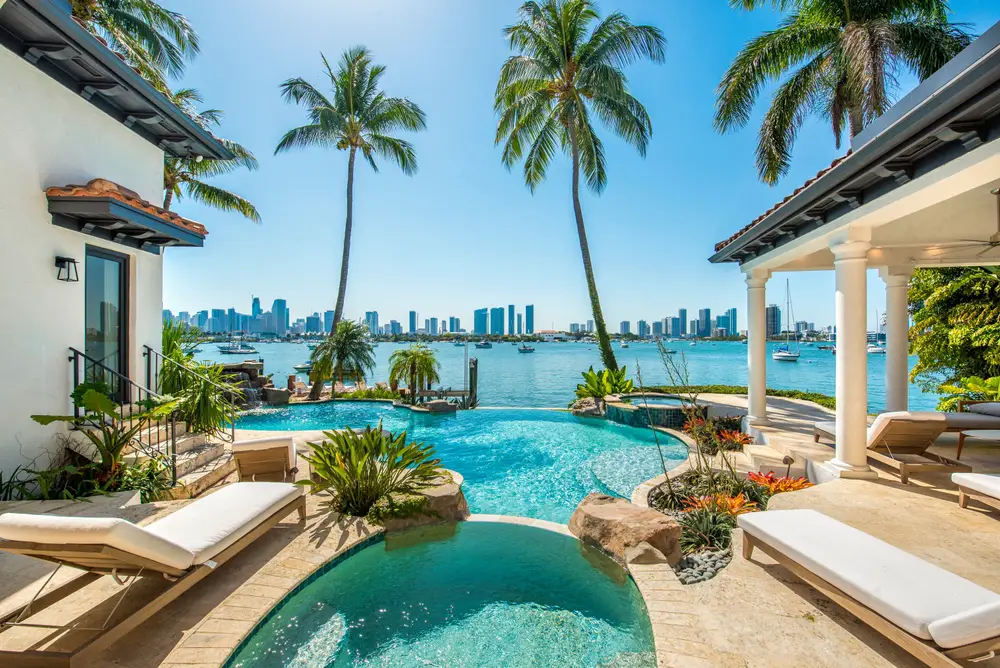
Miami Beach is more than just a hotspot for nightlife and sun-seekers; it’s also a symbol of climate change challenges. This vibrant town faces frequent flooding, often referred to as “sunny day flooding,” where high tides alone cause water to flood the streets. According to research conducted by the University of Miami, the area could experience annual flooding by 2050 if current trends continue. Local governments are scrambling to build pumps and raise roads to combat these effects, but it’s a race against time. If you love Miami Beach, you might want to enjoy its beauty while you can.
But there’s more to worry about than just rising tides. The town is also in the path of increasingly frequent and severe hurricanes. This puts both its infrastructure and its residents at risk. Insurance premiums are skyrocketing, making it more expensive for residents and businesses to stay there. The combination of these factors makes Miami Beach a town to watch, for all the wrong reasons.
2. Galveston, Texas
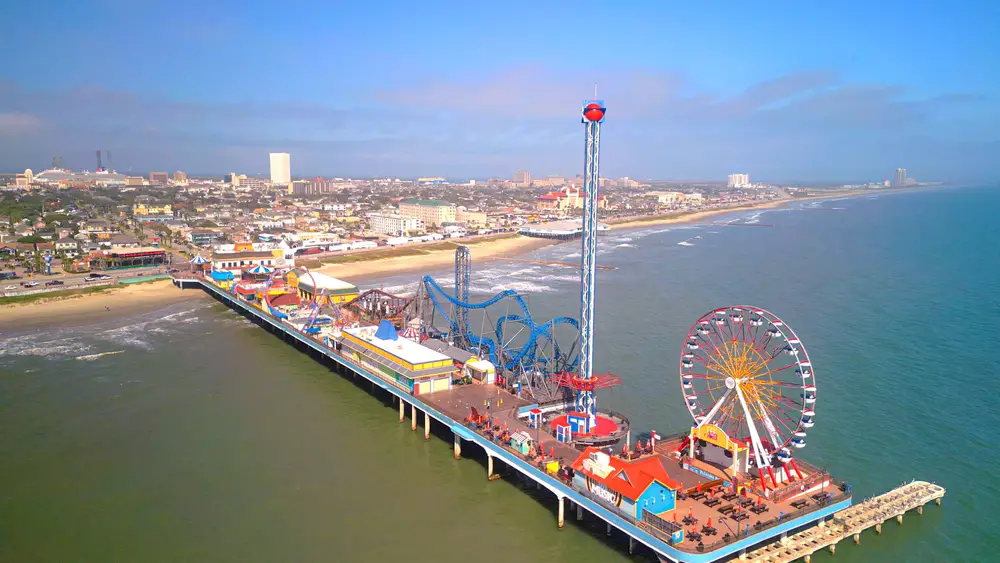
Galveston is a historic coastal town with beautiful Victorian architecture and a rich cultural history. Unfortunately, its location along the Gulf Coast makes it highly vulnerable to hurricanes and flooding. Over the years, storms have ravaged the area, causing millions in damages and displacing residents. The town is investing in a massive seawall and other protective measures, but these are not foolproof. If you’re considering Galveston as a permanent home, it’s crucial to weigh these risks carefully.
In addition to natural disasters, Galveston is grappling with the economic impact of its precarious situation. Businesses are finding it difficult to maintain operations with the looming threat of natural disasters. This uncertainty affects the local economy and can deter new investments. As insurance costs rise, it becomes increasingly difficult for residents to protect their homes and properties. While Galveston has its charm, the risks are impossible to ignore.
3. Atlantic City, New Jersey
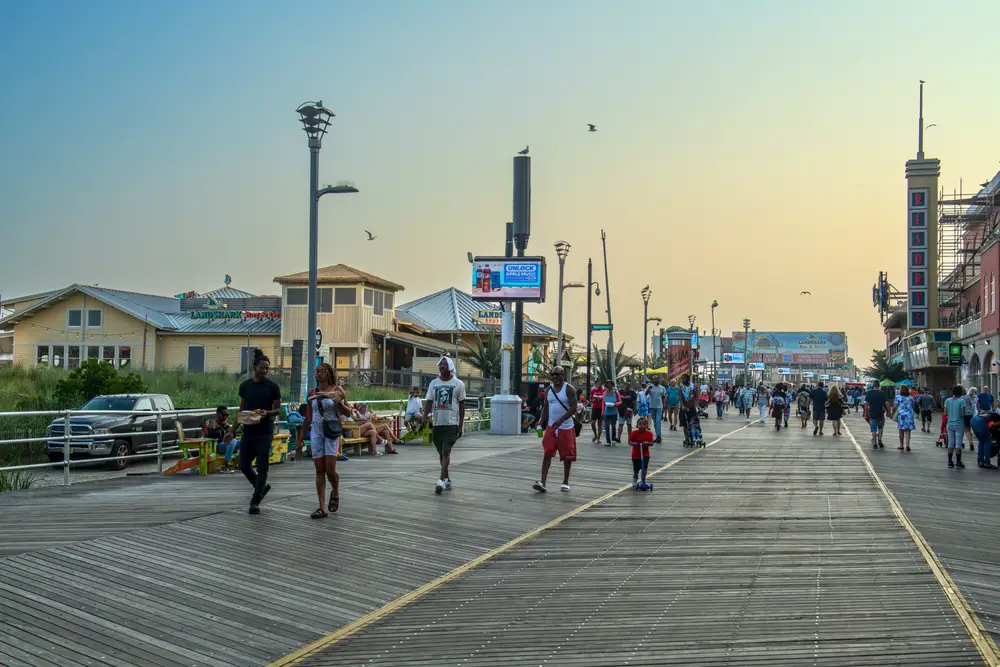
Once a bustling casino haven, Atlantic City faces a future that looks more like a gamble than a sure bet. The town is particularly vulnerable to sea-level rise and has already seen parts of its famous boardwalk submerged during high tides. A study published by the New Jersey Department of Environmental Protection warns that by 2050, Atlantic City could face chronic flooding if proactive measures aren’t taken. This has prompted some local businesses to rethink their long-term plans. If you love the glitz and glamour of Atlantic City, you might want to make your trip sooner rather than later.
Economic downturns have already hit Atlantic City hard, and the environmental risks only compound its problems. When businesses suffer, so do job opportunities for locals, creating a cycle of economic instability. Seasonal tourism offers some relief, but it’s not enough to offset the looming threat. The town is attempting to adapt by promoting eco-tourism and other sustainable initiatives. However, it’s a long road ahead, and many uncertainties remain.
4. Norfolk, Virginia
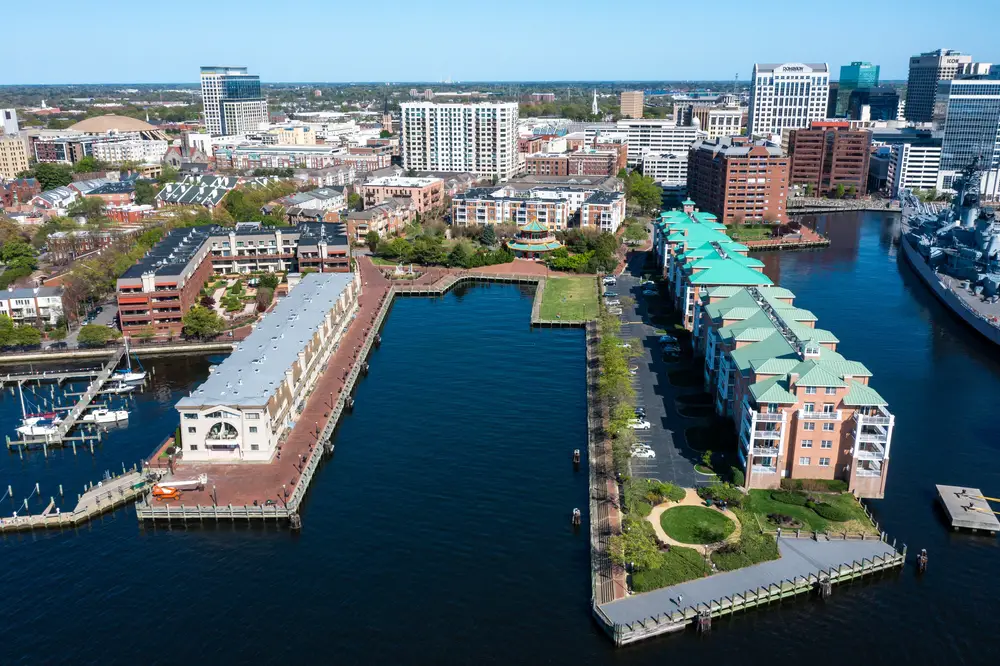
Norfolk is a military town with a strong naval presence, but its location makes it highly susceptible to flooding. Rising sea levels and land subsidence have created a perfect storm for potential disaster. Regular flooding impacts not only residential areas but also military operations, which are vital to the town’s economy. Norfolk is taking steps to address these issues, such as elevating roads and improving drainage systems. However, these measures may only buy time rather than provide a permanent solution.
The town’s unique challenges require innovative solutions, yet resources are limited. Federal aid is sometimes available, but it often falls short of covering the costs of necessary improvements. Businesses and homeowners face difficult decisions about whether to invest in the future or move elsewhere. Even with its cultural attractions and robust community, Norfolk is increasingly at risk of becoming unlivable. The coming years will be critical in determining its fate.
5. New Orleans, Louisiana
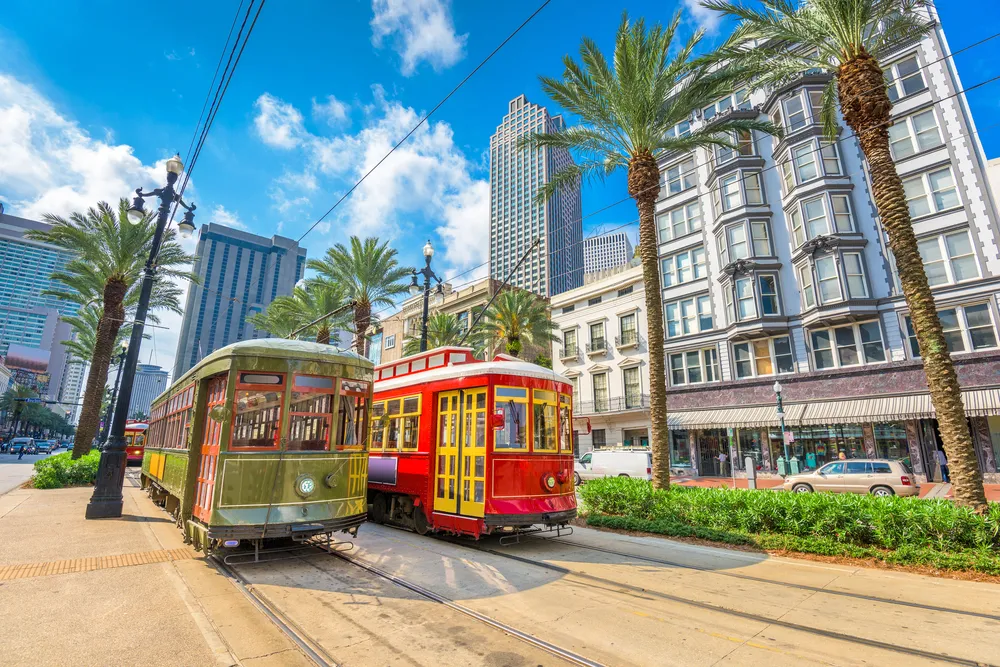
New Orleans is renowned for its vibrant culture and historic architecture, but its geographical location makes it one of the most vulnerable cities in America. The city’s elevation is below sea level, making it prone to flooding even during moderate storms. According to Dr. Jeffrey Mount, a senior fellow at the Public Policy Institute of California, the city’s existing levee system is insufficient to handle the increasing water levels. Despite ongoing efforts to bolster these defenses, the threat remains significant. If New Orleans is on your bucket list, it might be wise to visit sooner rather than later.
Flooding isn’t the only concern for this storied city; hurricanes pose a relentless threat each year. The devastation of Hurricane Katrina in 2005 is a stark reminder of what’s at stake. Many residents are still recovering from the economic and emotional toll of such events. As insurance premiums rise, the financial burden of staying in New Orleans becomes harder to bear. While the city is trying to adapt, the clock is ticking.
6. Charleston, South Carolina

Charleston is famous for its cobblestone streets and historic charm, but it’s another town at risk of becoming unlivable due to environmental factors. Rising sea levels and increased rainfall have led to more frequent flooding events, especially during high tide. The town is investing heavily in flood defenses, but these efforts are costly and time-consuming. If you’re a fan of Charleston’s Southern hospitality, pay attention to how these challenges unfold.
The economic implications of this can’t be ignored either. Flooding disrupts daily life and hampers local businesses, affecting both tourism and the local workforce. This creates a cycle of economic instability that’s difficult to break. While Charleston continues to draw tourists from around the world, its future depends on addressing these urgent issues. The next few years will be crucial in determining how the town adapts to these challenges.
7. Venice, Italy
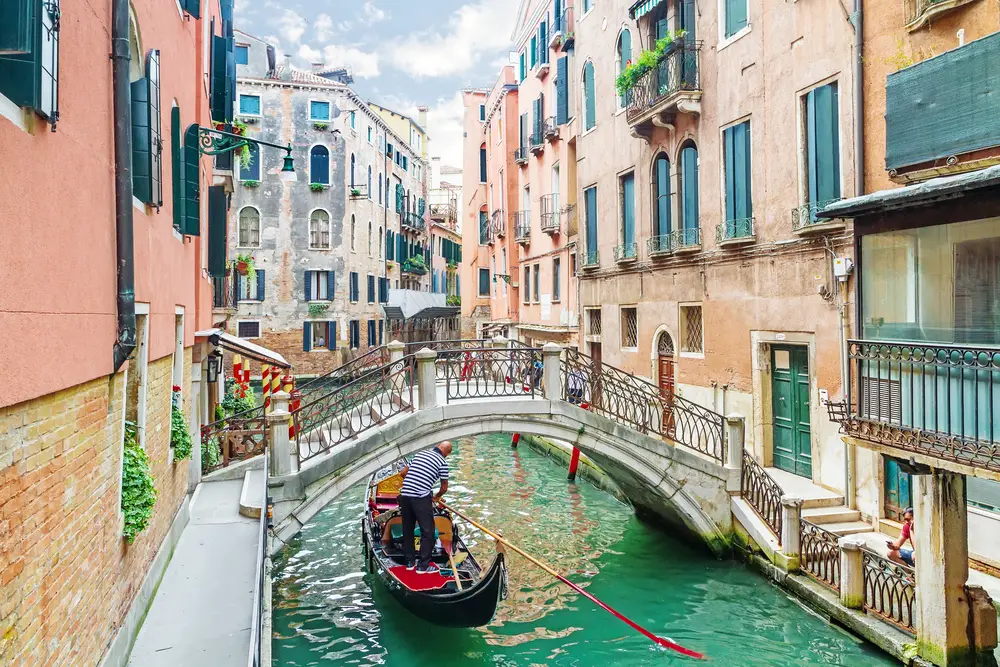
Venice is not just a tourist hotspot; it’s a masterpiece of human ingenuity, built on a series of islands and canals. However, rising sea levels are a dire threat to its very existence. A study conducted by the European Environment Agency suggests that Venice could experience significant flooding events by 2050 if sea levels continue to rise. This poses a tremendous risk to its ancient architecture and cultural heritage. If you have ever dreamed of a Gondola ride through Venice’s canals, the time might be now.
In addition to environmental concerns, Venice struggles with overcrowding and pollution from tourism. This creates additional challenges in managing its already fragile ecosystem. The local government has initiated projects like MOSE, a system of barriers designed to protect the city, but the success of such efforts is uncertain. As a result, many Venetians are grappling with whether to remain in their hometown. The stakes couldn’t be higher for this iconic city.
8. Alexandria, Egypt
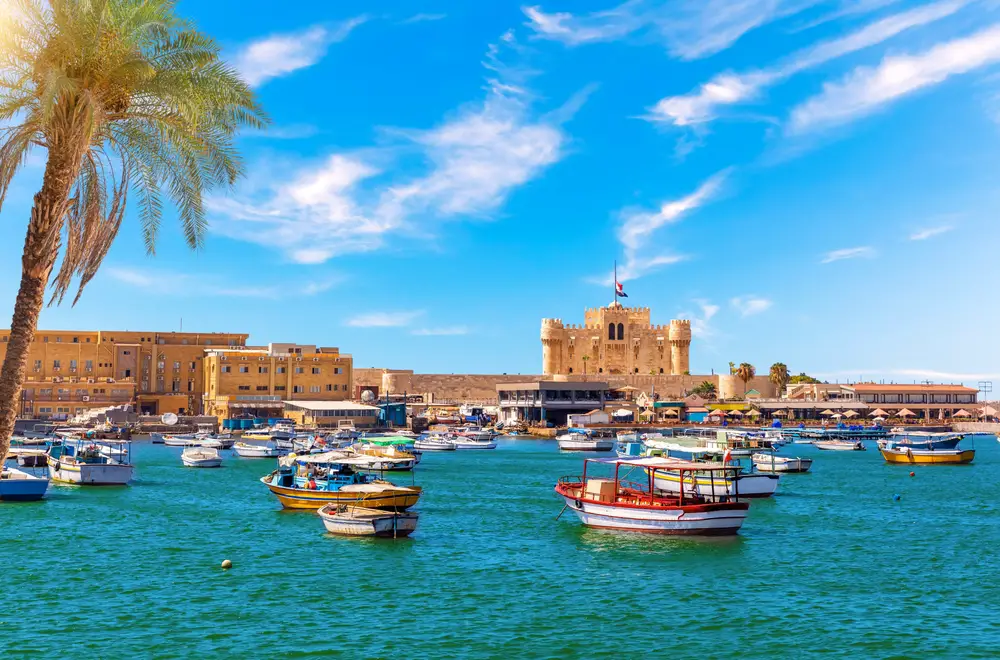
Alexandria is a city steeped in history, known for its ancient library and cultural significance. However, modern challenges threaten its future, as rising sea levels endanger its coastal areas. Frequent flooding is becoming the norm, damaging homes and infrastructure. The government is implementing protective measures, but the sheer magnitude of the problem makes it a daunting task. If Alexandria is on your list of places to visit, the sooner, the better.
Beyond environmental threats, economic factors play a significant role in Alexandria’s vulnerability. Tourism is a major revenue source, and any decline can have far-reaching effects. Additionally, insurance costs are rising, making it difficult for residents to afford protection for their properties. The situation is a complex web of challenges that require immediate attention. As Alexandria grapples with these issues, its long-term viability remains uncertain.
9. Jakarta, Indonesia

Jakarta is one of the fastest-sinking cities in the world, making it highly susceptible to flooding. The combination of rising sea levels and excessive groundwater extraction has exacerbated the problem. The government is considering relocating the capital to alleviate some of these challenges, but this is a massive and costly endeavor. If you’re planning to explore Jakarta, it’s essential to understand these challenges.
The city’s rapid development contributes to its vulnerability. Urbanization leads to increased pollution and strain on existing infrastructure, making Jakarta less resilient to environmental issues. Businesses face uncertainties as they try to navigate the risks associated with these challenges. While Jakarta is bustling with energy and opportunities, the looming environmental threats cannot be ignored. The city is at a critical juncture as it attempts to secure its future.
10. Manila, Philippines
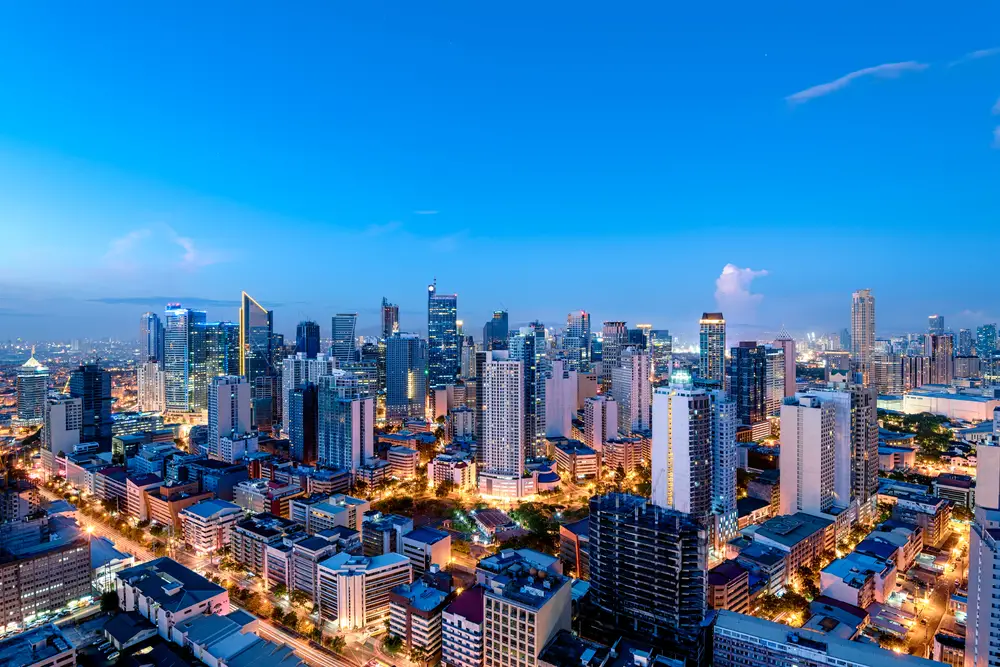
Manila is a bustling metropolis with a vibrant culture and economy, but it faces significant environmental threats. Rising sea levels and frequent typhoons create a dangerous environment for its residents. The government is investing in infrastructure improvements, but these may not be enough to keep up with the rising tides. If Manila is on your travel list, consider the timing carefully.
The consequences of these environmental threats extend beyond physical damage. They also affect the city’s economy, particularly the tourism and service sectors. Rising costs and increased uncertainty make it challenging for businesses to thrive. Residents face tough decisions about whether to invest in floodproofing or consider relocating. Manila’s resilience is being tested as it navigates these complex challenges.
11. Lagos, Nigeria
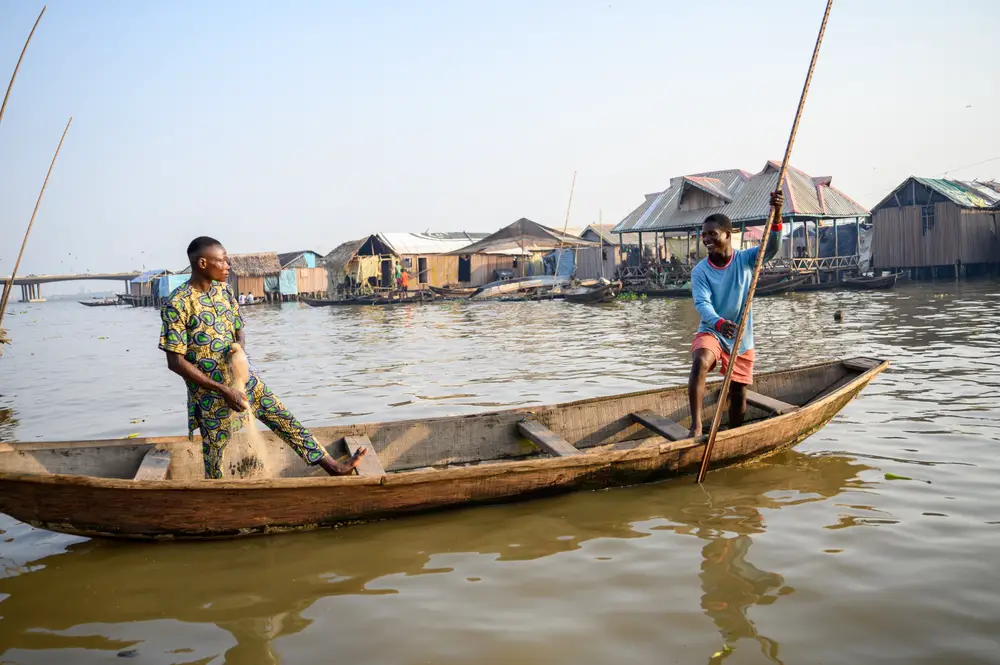
Lagos is one of Africa’s largest cities, known for its bustling markets and dynamic culture. However, its coastal location makes it particularly vulnerable to rising sea levels. Flooding is already a frequent occurrence, disrupting daily life and damaging infrastructure. The government is working on protective measures, but progress is slow and often hampered by limited resources. If you’re considering a visit to Lagos, be aware of these ongoing challenges.
In addition to environmental threats, Lagos faces economic hurdles that make adaptation difficult. The city’s rapid growth has led to increased pollution and a strain on resources. This exacerbates its vulnerability to flooding, creating a cycle of challenges that are hard to break. Residents and businesses are grappling with uncertainties about the future. The coming years will be crucial in determining Lagos’s ability to adapt and thrive.
12. Bangkok, Thailand
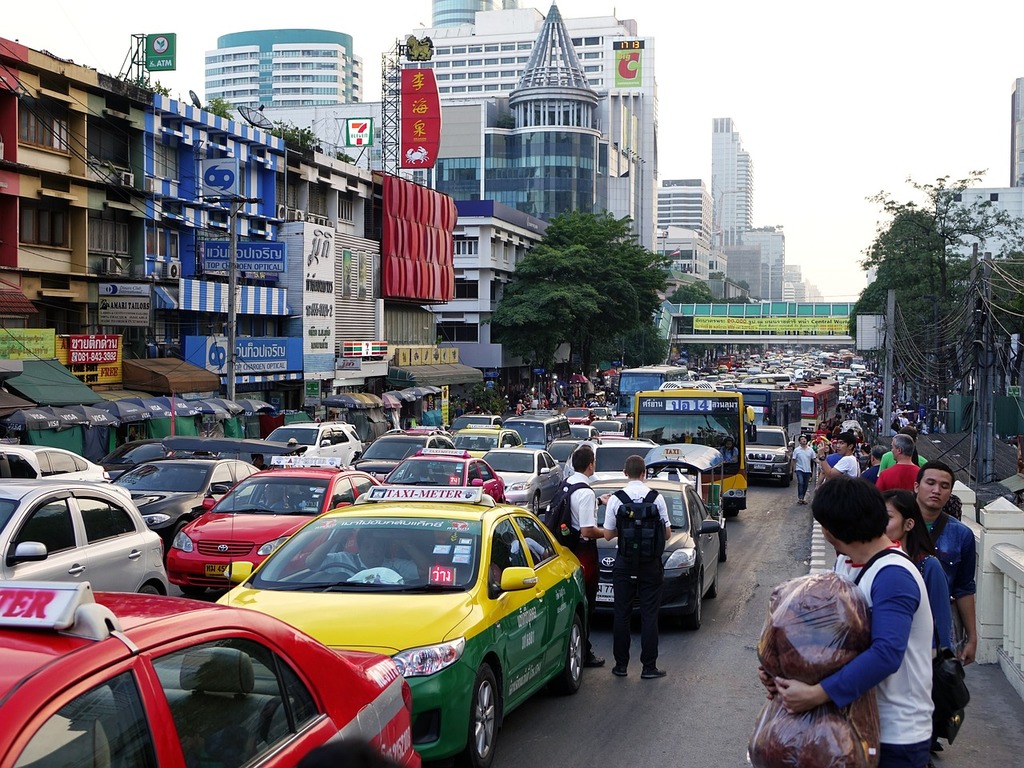
Bangkok is a vibrant city known for its street food and bustling markets, but it’s also at risk of becoming unlivable. Rising sea levels and frequent flooding pose significant challenges to its infrastructure. The government is investing in flood barriers and drainage systems, but these are expensive and time-consuming projects. If you’re planning a trip to Bangkok, it’s essential to be aware of these issues.
The economic implications of these environmental threats are significant. Flooding disrupts local businesses and impacts the tourism industry, which is a major revenue source for the city. Rising costs and uncertainty make it difficult for residents to plan for the future. The city is working hard to address these challenges, but the stakes are high. Bangkok’s resilience will be tested as it navigates these complex issues.
13. Ho Chi Minh City, Vietnam
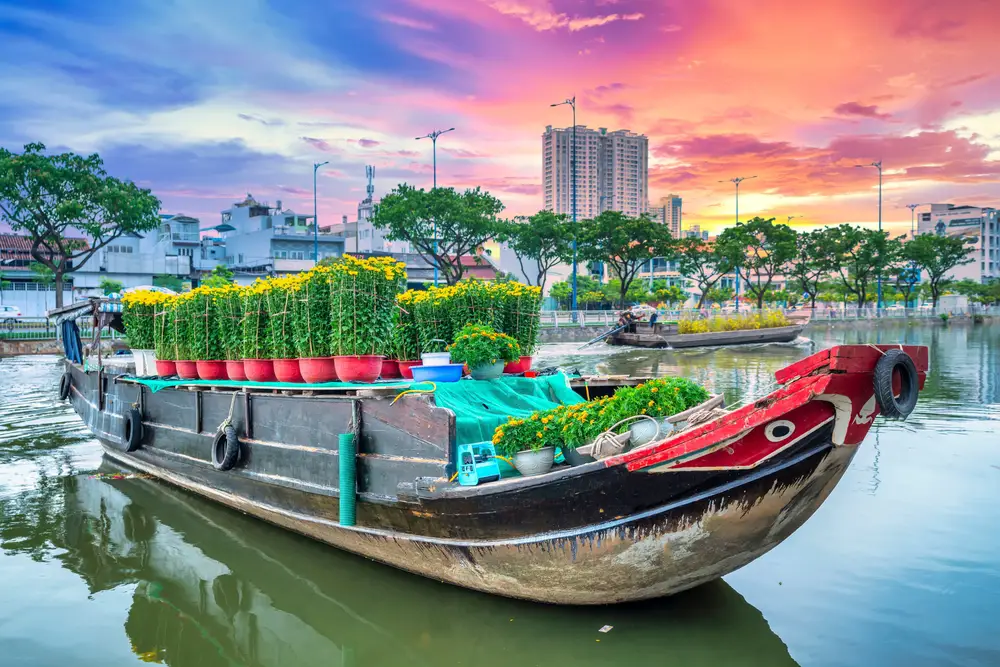
Ho Chi Minh City is known for its bustling streets and rich history, but it’s also at risk due to environmental challenges. Rising sea levels and frequent flooding threaten its infrastructure and economy. The government is investing in flood defenses, but these efforts are costly and may not be sufficient in the long term. If you’re considering a visit, it’s important to understand the current challenges facing the city.
The economic impact of these environmental threats is profound. Flooding disrupts businesses and affects the tourism industry, which is vital to the local economy. Rising costs and uncertainty make it difficult for residents to plan for the future. The city is working to address these challenges, but the road ahead is long and uncertain. Ho Chi Minh City’s ability to adapt will be crucial in determining its future viability.
